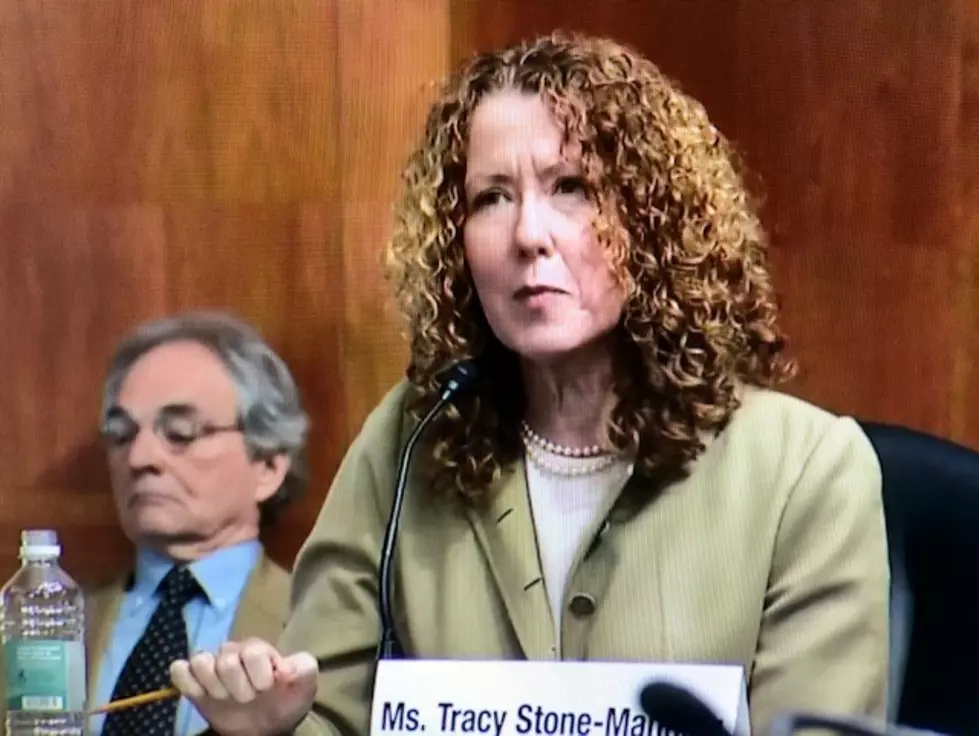
Dr. Peter Kolb Discusses Wildfire Smoke and Tracy Stone-Manning
MSU Extension Forestry Scientist and author of the Montana Forestry Minute, Dr. Peter Kolb was the guest on Thursday’s Talk Back Program to answer questions from listeners.
The discussion turned to the many wildfires burning in the west, and Kolb described some terrifying statistics about smoke and its effect on the climate.
“Your typical average forest has somewhere between 100 to 300 tons of organic matter per acre,” said Dr. Kolb. “When that burns, roughly a quarter of it immediately volatilizes into smoke and three quarters of it stays there and that slowly decays and also becomes a gas over time as the wood rots.”
Kolb continued.
“So if you got, say an average of 200 tons per acre, you're getting about 50 tons per acre of these greenhouse gases into the air that is equivalent to the annual output of nine to 15 automobiles,” he said. “So say you have 100,000 acre fire, which is equivalent to a million vehicles emitting exhaust for a year.”
Kolb also spoke of his professional interaction with Tracy Stone-Manning, who is being considered to be the new Director of the Bureau of Land Management. He began by saying that Stone-Manning came from a background that was anti-forest harvesting.
“I had a situation that was very unsatisfying with me when there was this forest health restoration bill where 80,000 acres was going to be logged and restored in exchange for a million acres of wilderness,” he said. “I personally asked her ‘in your definition of restoration, would you be willing to say that restoration is the use of logging and management to bring these forests back to this previous low density condition? And to include in there that active forest management is necessary to help maintain these conditions’? And she said, ‘No, I'm not willing to do that’.”
Kolb said that Stone-Manning was playing what he termed ‘a shell game’ with the forest restoration bill.
“Basically it was a little bit of a shell game,” he said. “Okay, we're going to give you 80,000 acres to manage if you give us a million acres of wilderness. The wood products industry was really hurting for logs to keep their mills open, so this was a big carrot. The hidden part of it is that once you have thinned those 80,000 acres, now it's been restored and now you have no reason to go back there and fire can do its thing. So essentially, once you thin it, now it also becomes off limits and it detracts from the overall forest supply base that provides a sustainable and continuous supply of logs to keep our mill infrastructure going.”
Dr. Kolb writes and produces the popular Montana Forestry Minute heard every day on KGVO and other radio stations around the state.
TACKLE THESE: Check Out the Best Uniforms In Each NFL Team's History
More From Montana Talks





